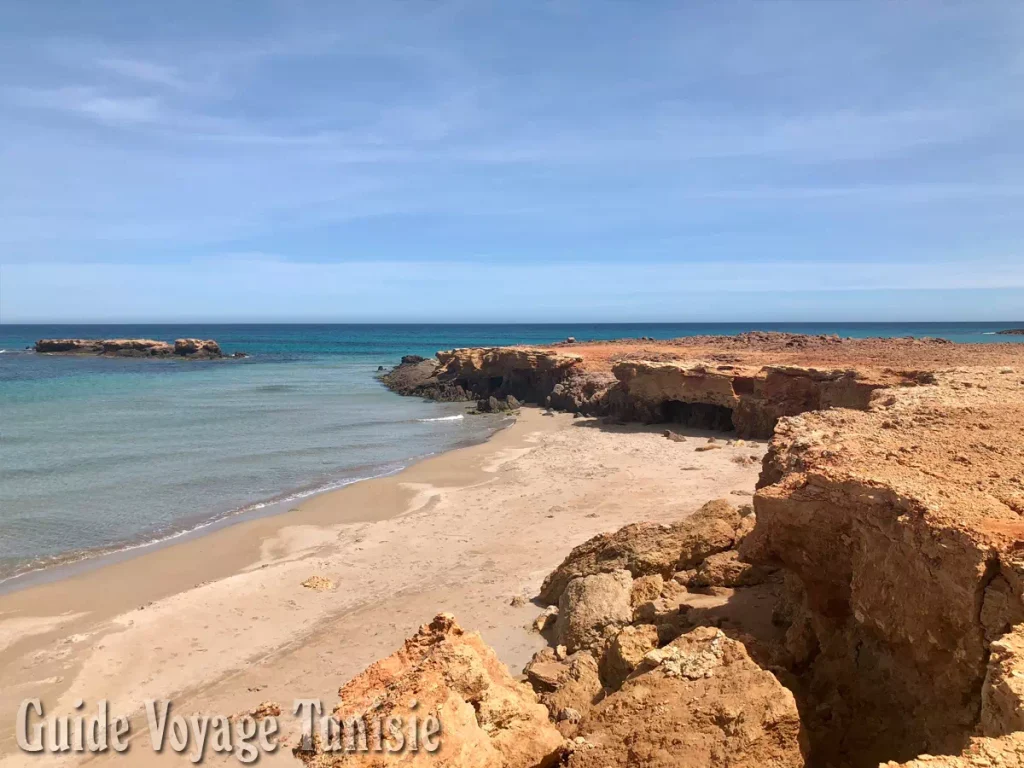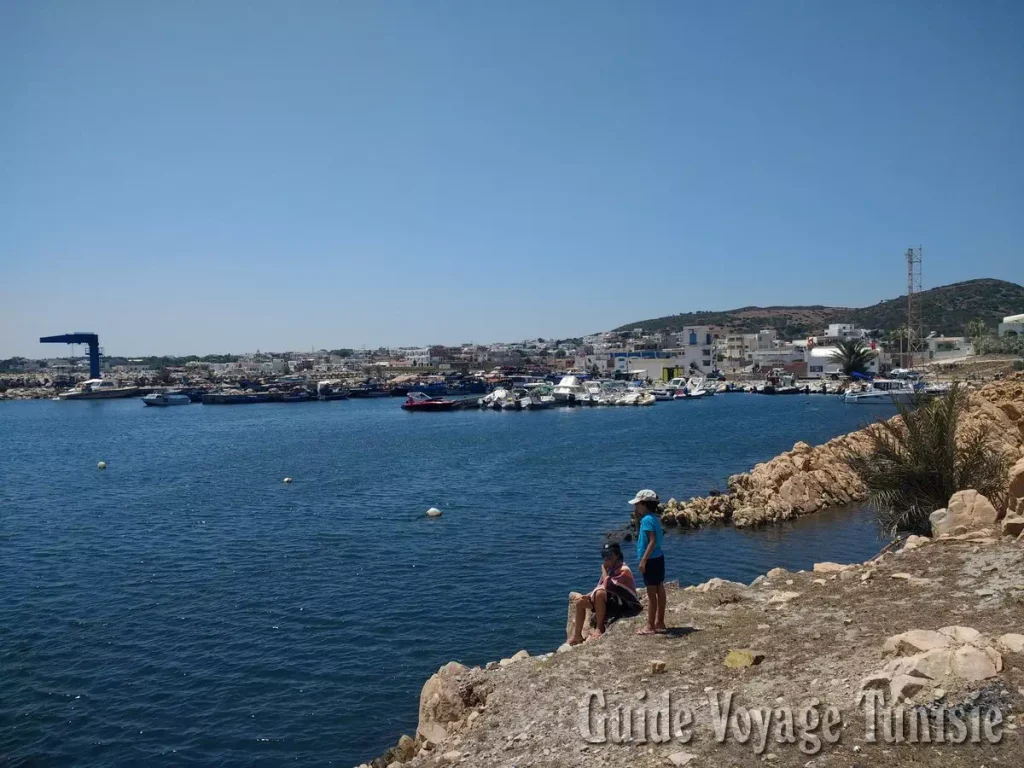The city of Hawarya
The city of Hawarya is a Tunisian city located at the northeastern end of Cap-Bon, at the entrance to the Gulf of Tunis. It is administratively attached to the governorate of Nabeul, it is the center of a delegation and constitutes a municipality with 9,273 inhabitants in 2004.
The caves of El Hawarya are indeed ancient quarries whose exploitation began no later than the 7th century BC. Sandstone was used for a long time in the construction of monuments in Punic and then Roman Carthage. The mode of exploitation of this quarry was quite original and rare, the technique of which consisted in extracting the stone from the interior of the mass to bring it to the surface through square climbing shafts.
These quarries were mentioned by ancient sources such as the geographer and historian Strabon or Diodorus of Sicily “1st century BC”.
An exceptional universe, just at the end of Cap Bon, nearly 100 km from Tunis and 20 km from Kélibia and just a few minutes from the beach of El Haouaria to settle on rocks at the bottom of a creek nearby. huge Caves from where a nature that you have never known before. A heavenly place, the water is of a rare clarity, well iodized; Here, therefore, the history which is combined with the wonder of the site, swimming refreshes the body and excites the senses.
These Roman caves of GHAR and KEBIR had been excavated in the Punic, then Roman era to serve as sandstone quarries and provide the stones for the construction of Carthage and many other sites. For more than a thousand years, slaves were assigned there extracting and cutting blocks that were found at the Coliseum of El Jem and later in the mosques.
This Monument is presented in the form of a succession of Rooms, in fact they are excavations hollowed out by a narrow opening which sinks into the depths of the deposit, releasing a space of pyramidal shape.
On the surface, at the top of the promontory that juts out towards the sea, next to the openings that give access to the deposit, there are also traces of aerial exploitation of the site.
Its geographical location, its relief and its mild and temperate climate make it a favorite refuge for a multitude of migratory birds. The Romans also nicknamed the place Aquilaria or more the Land of the Eagle.
Every spring, 40,000 raptors of 24 different species, but also thousands of storks and other smaller birds, stop at the tip of the cape before crossing the Mediterranean Sea. It is quite naturally that the families of El Hawarya develop an Art of Falconry dating back to ancient times, as evidenced by certain mosaics exhibited at the Bardo Museum.
Today, the openings of yesteryear no longer exist, the site having been bombarded by the Americans during the Second World War, because it served as a refuge for the routed German army. Many side openings have been made and secured and arranged to access underground. It is a pity that the securing of the site is taking so long because these caves represent a historical potential capable of boosting regional cultural tourism. You should know that this does not prevent you from enjoying the superb region of El Hawarya.
The city of Hawarya in pictures

